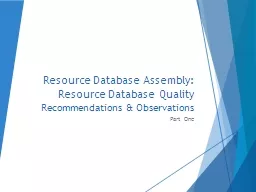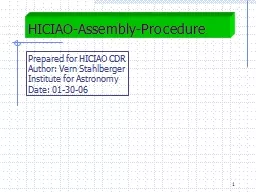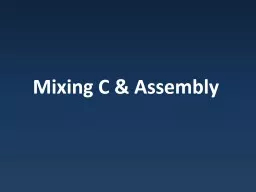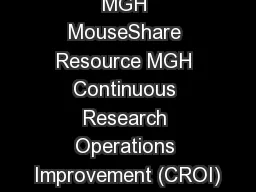PPT-Resource Database Assembly: Resource Database Quality
Author : lois-ondreau | Published Date : 2019-02-04
Recommendations amp Observations Part One Todays Presenters Steve Eastwood 211 Arizona Community Information and Referral Services Phoenix Arizona Dave Erlandson
Presentation Embed Code
Download Presentation
Download Presentation The PPT/PDF document "Resource Database Assembly: Resource Dat..." is the property of its rightful owner. Permission is granted to download and print the materials on this website for personal, non-commercial use only, and to display it on your personal computer provided you do not modify the materials and that you retain all copyright notices contained in the materials. By downloading content from our website, you accept the terms of this agreement.
Resource Database Assembly: Resource Database Quality: Transcript
Download Rules Of Document
"Resource Database Assembly: Resource Database Quality"The content belongs to its owner. You may download and print it for personal use, without modification, and keep all copyright notices. By downloading, you agree to these terms.
Related Documents














